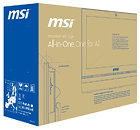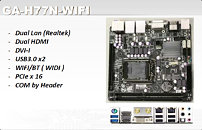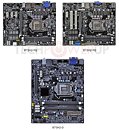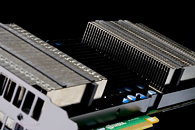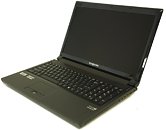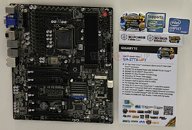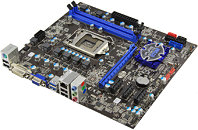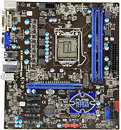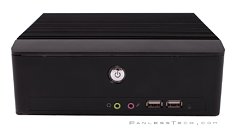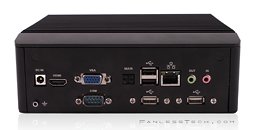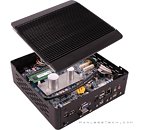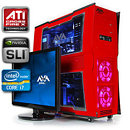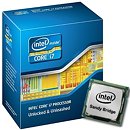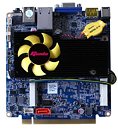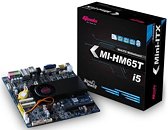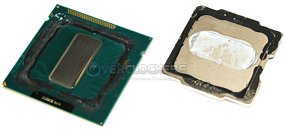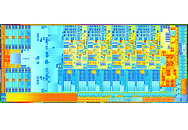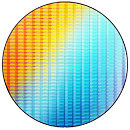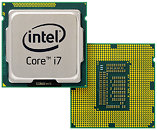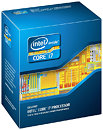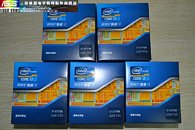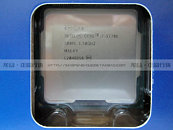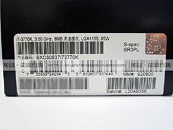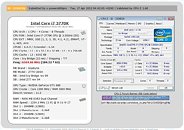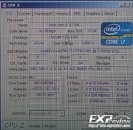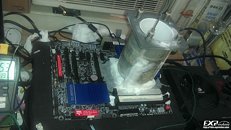
MSI Announces WindTop AP1612 All-in-One PC
MSI announced the WindTop AP1612 series compact all-in-one (AIO) PC. Built for basic personal computing such as internet access and office applications, the WindTop AP1612 is a 15.6-inch AIO PC driven by Intel Celeron B830 processor ("Sandy Bridge" architecture, dual-core, 1.80 GHz, 2 MB L3 cache). The processor is backed by Intel HM65 Express chipset, 2 GB of DDR3-1333 MHz memory (expandable to 4 GB), and Intel HD graphics. The 15.6-inch LED-backlit LCD screen features 1366 x 768 pixels resolution. It features a resistive touchscreen layer. A 250 GB SATA 3 Gb/s HDD is the only storage device.
The WindTop AP1612 has plenty of network and legacy connectivity. It features two gigabit Ethernet interfaces, an 802.11 b/g/n WLAN interface, 4 in 1 Card Reader (SD+MS+MMC+XD), and a smartcard reader. Legacy connectivity includes a pair of serial COM and parallel LPT interfaces. Its body embeds a 320p web-camera, and 3W stereo speakers. Wired keyboard and mouse come included. Windows 7 Home Premium 64-bit comes pre-installed. The company did not give out pricing information.
The WindTop AP1612 has plenty of network and legacy connectivity. It features two gigabit Ethernet interfaces, an 802.11 b/g/n WLAN interface, 4 in 1 Card Reader (SD+MS+MMC+XD), and a smartcard reader. Legacy connectivity includes a pair of serial COM and parallel LPT interfaces. Its body embeds a 320p web-camera, and 3W stereo speakers. Wired keyboard and mouse come included. Windows 7 Home Premium 64-bit comes pre-installed. The company did not give out pricing information.




